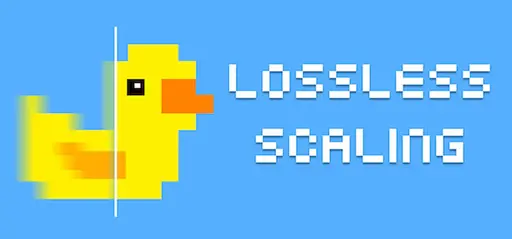According to the creator of lsfg-vk:
A couple of hours ago Deck Wizard has made a video on Lossless Scaling in which they present a new Decky plugin for lsfg-vk. On Reddit, the creator of that plugin claimed they had collaborated with me to create this, however this is incorrect and was likely the result of a language barrier.
I was asked to collaborate, but I instead requested them to wait with the plugin until the new configuration system was written, as otherwise a large portion of the plugin would have to be rewritten to account for it. They did not listen and pushed the plugin out without communicating with me beforehand.
As a result of this, the plugin already has many issues such as incorrect labeling of options and misleading descriptions of other options. Likely in collateral, the video created by Deck Wizard further spreads these wrong explanations. I want to clear up these things. First of all, the settings recommended by Deck Wizard are 30% flow scale and no performance mode. I can not state enough how terrible these options are. With 30% flow scale, internal calculations are happening in 96x54 images with some going down to 2x1, producing extremely inaccurate results. Instead, it is recommended to keep flow scale at 85-100% with performance mode enabled, as this gives a much larger performance boost while retaining immensely higher quality.
Clearly all of this is simply a result of poor communication and as such I will not support the Decky plugin. Do not ask about help with lsfg-vk when using the Decky plugin. Perhaps in the future an official lsfg-vk Decky plugin can be made in actual collaboration with me. Pancake - Developer of lsfg-vk
The plugin is still the easiest way to use Lossless framegen ATM, but it’s definitely worth knowing about this.



I 100% had this issue, I could watch the combined memory climb towards 17GB over a play session, and when it got close the system would lock up. This was on an LCD deck, and I was targeting a 30fps with some of the graphical texture settings on high iirc. Some people reported being able to play the game fine, and my best guess is that they were targeting a higher frame rate and had graphical textures turned down. Since the memory leak would eventually stop growing, it’s possible that with low enough settings you might be able to stay under the crash threshhold.
The other possibility is that since it only would crash after playing for awhile, that short play sessions might let you get through without issue. The length of the sessions before a crash would probably be longer the lower your texture settings.